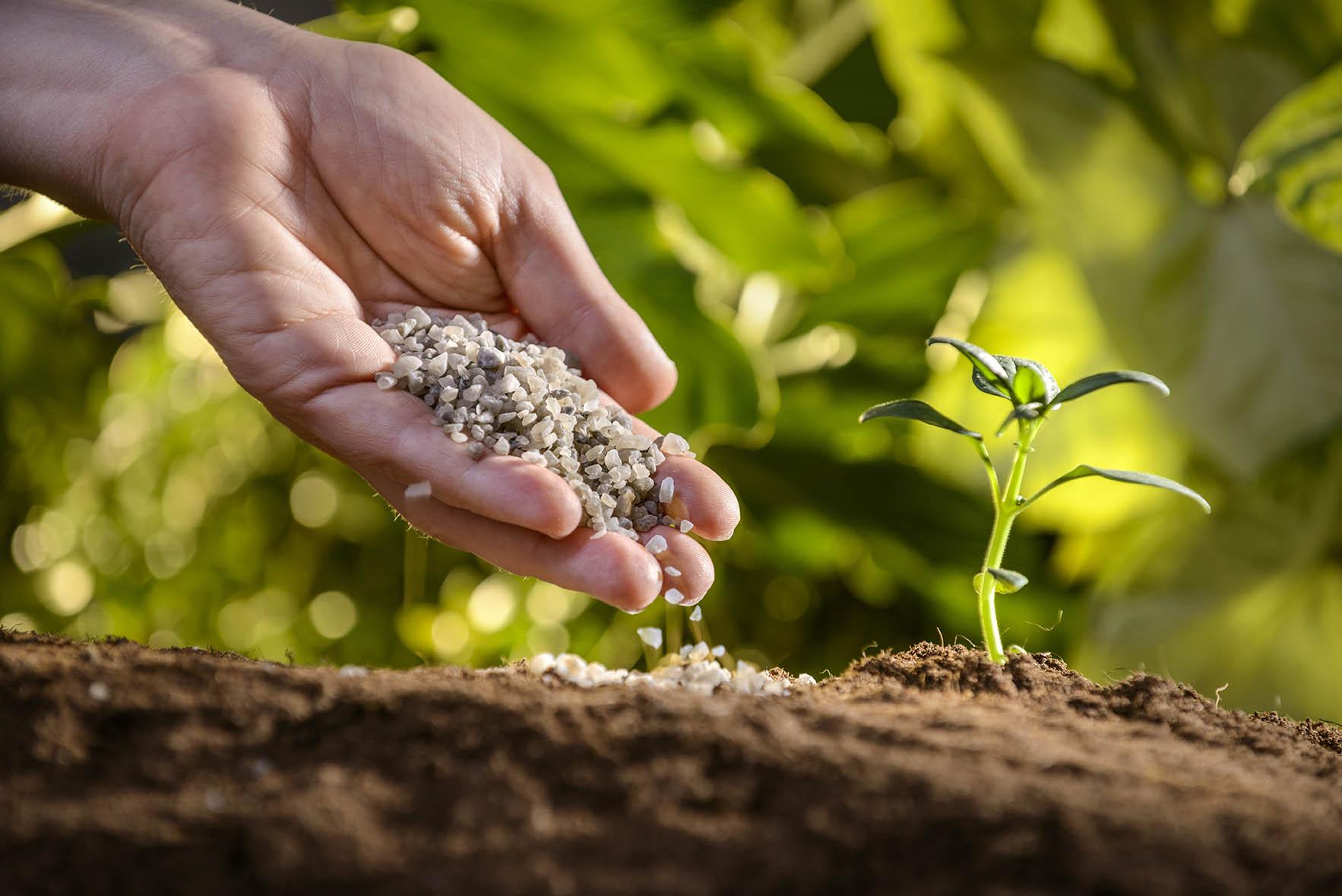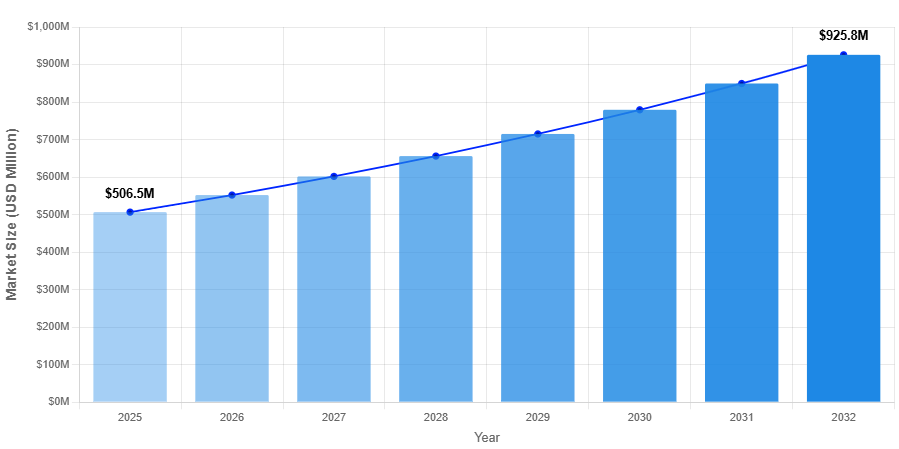Agricultural Micronutrients Market: Cultivating Productivity and Sustainable Farming

Global agriculture is facing unprecedented challenges. With a growing population, diminishing arable land, and changing climate conditions, farmers must do more with less. Increasingly, the focus is shifting from quantity to quality and efficiency. Amid this transformation, agricultural micronutrients are emerging as essential tools for boosting crop health, improving soil fertility, and enhancing sustainable farming practices.
Micronutrients, including zinc, manganese, iron, copper, and boron, may be required in trace amounts, but their impact on plant growth is significant. They regulate key physiological processes such as photosynthesis, enzyme activation, nutrient metabolism, and reproduction. Without sufficient micronutrient levels, crops often exhibit stunted growth, poor flowering, reduced fruit set, and lower yields, regardless of macronutrient application.
📈 Market Overview: Strong Growth Trajectory
The Agricultural Micronutrients market was valued at US$ 7.7 Billion in 2024, reflecting the rising adoption of precision fertilization and soil health solutions globally. Farmers are increasingly recognizing that nutrient-balanced soil is the foundation of high-yield and high-quality crops.
From 2025 to 2035, the market is projected to grow at a CAGR of 7.3%, reaching an estimated US$ 16.7 Billion by 2035. This growth is supported by technological advancements in fertilizer delivery, the rise of high-value crops, increasing awareness of soil nutrient deficiencies, and government initiatives promoting sustainable agriculture.
Get Sample Research Report Copy here
🌱 Importance of Micronutrients in Crop Production
While macronutrients like nitrogen, phosphorus, and potassium are vital, micronutrients play a crucial role in fine-tuning plant health and maximizing yield potential. Their key functions include:
- Zinc: Supports root growth, enzyme activation, and stress tolerance.
- Iron: Essential for chlorophyll synthesis and energy production.
- Boron: Improves flowering, fruit set, and seed quality.
- Manganese: Aids in photosynthesis and nitrogen metabolism.
- Copper: Enhances disease resistance and metabolic efficiency.
Micronutrient deficiencies are widespread, particularly in regions with intensive farming and soil degradation. Correcting these deficiencies improves both crop yield and nutritional quality, helping meet the rising demand for nutrient-dense food worldwide.
🔬 Technological Advancements Fueling Market Expansion
Innovation is transforming how micronutrients are delivered and absorbed by plants. Modern technologies allow for precision nutrition that maximizes efficiency and minimizes waste. Key trends include:
- Chelated micronutrients: Improve solubility and plant uptake.
- Liquid fertilizers and foliar sprays: Deliver nutrients directly to leaves for rapid absorption.
- Nano-micronutrients: Provide controlled release and higher bioavailability.
- Bio-micronutrient formulations: Combine trace minerals with beneficial microbes to enhance soil fertility.
- Digital tools and IoT-based soil testing: Guide tailored nutrient application for specific crops and soil types.
These solutions help farmers reduce input costs, optimize fertilizer use, and maintain sustainable production systems.
👥 Key Players Driving the Market
The Agricultural Micronutrients market is highly competitive, with both global and regional players contributing to innovation, distribution, and farmer education.
Leading producers include:
- AgroLiquid
- Koch Agronomic Services
- Morral Companies
- Agro-K Corporation
- Sure Crop Fertilizers
These companies specialize in liquid micronutrient blends enriched with zinc, manganese, iron, copper, and boron, catering to modern irrigation systems and high-value crops.
Global giants such as The Mosaic Company, Sound Agriculture, Harsco Minerals, Loveland Products, and Nutrien Ltd. also influence market dynamics through advanced R&D, strong supply chains, and integrated farmer support programs. Collectively, these companies are shaping a market focused on innovation, efficiency, and sustainability.
🌾 Future Trends: Sustainable and Resilient Agriculture
The Agricultural Micronutrients market is expected to grow further as farmers increasingly adopt sustainable and regenerative practices. Emerging trends include:
- Integration of micronutrients with organic fertilizers and biostimulants
- Adoption of precision farming technologies for site-specific nutrient management
- Development of eco-friendly and low-impact nutrient formulations
- Expansion of climate-smart agriculture practices to improve soil resilience
- Policy-driven initiatives promoting balanced nutrient application and soil health improvement
These trends underscore the growing importance of micronutrients in ensuring crop productivity, environmental protection, and long-term soil sustainability.
✅ Conclusion
The Agricultural Micronutrients market is a critical driver of modern, sustainable agriculture. While required in small quantities, micronutrients play a pivotal role in improving soil fertility, boosting crop yield, and enhancing nutritional quality.
With technological innovation, precision farming, and supportive government policies, the market is poised for continued growth through 2035. For farmers and agribusinesses, micronutrients are not merely additives—they are essential tools for resilient, productive, and environmentally responsible agriculture.
In the pursuit of feeding the world while protecting the planet, micronutrients are proving that small inputs can create a big impact on global food security.





